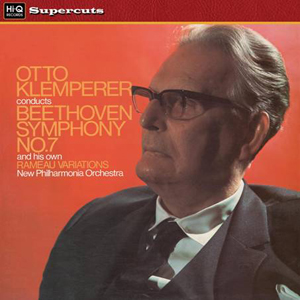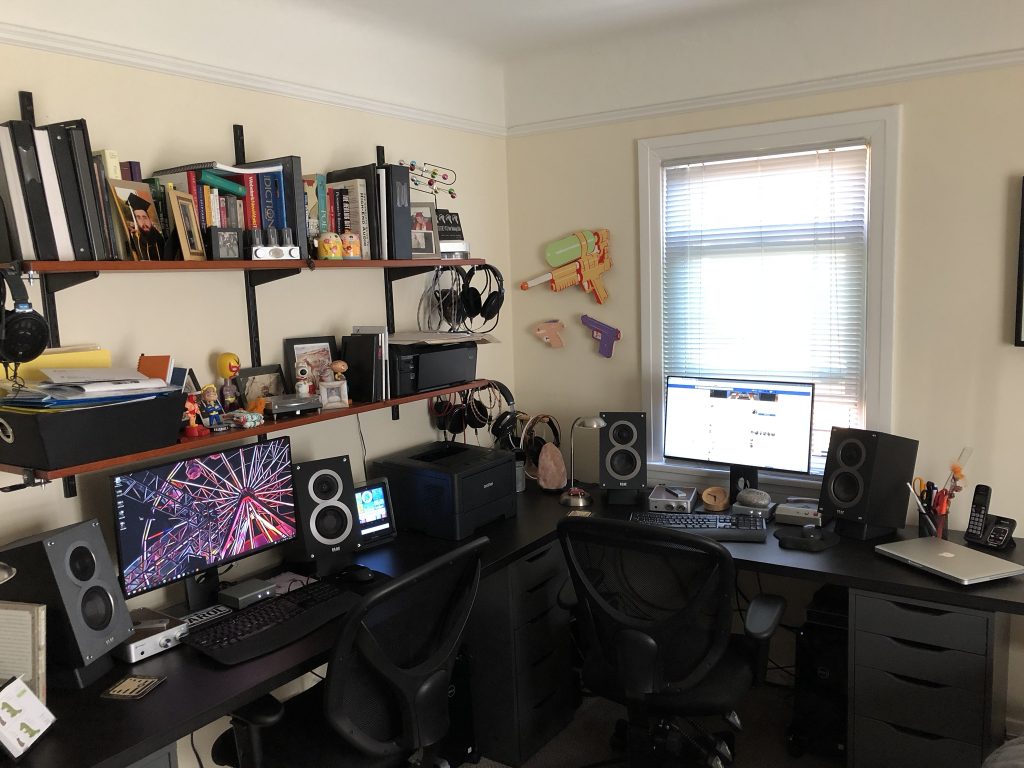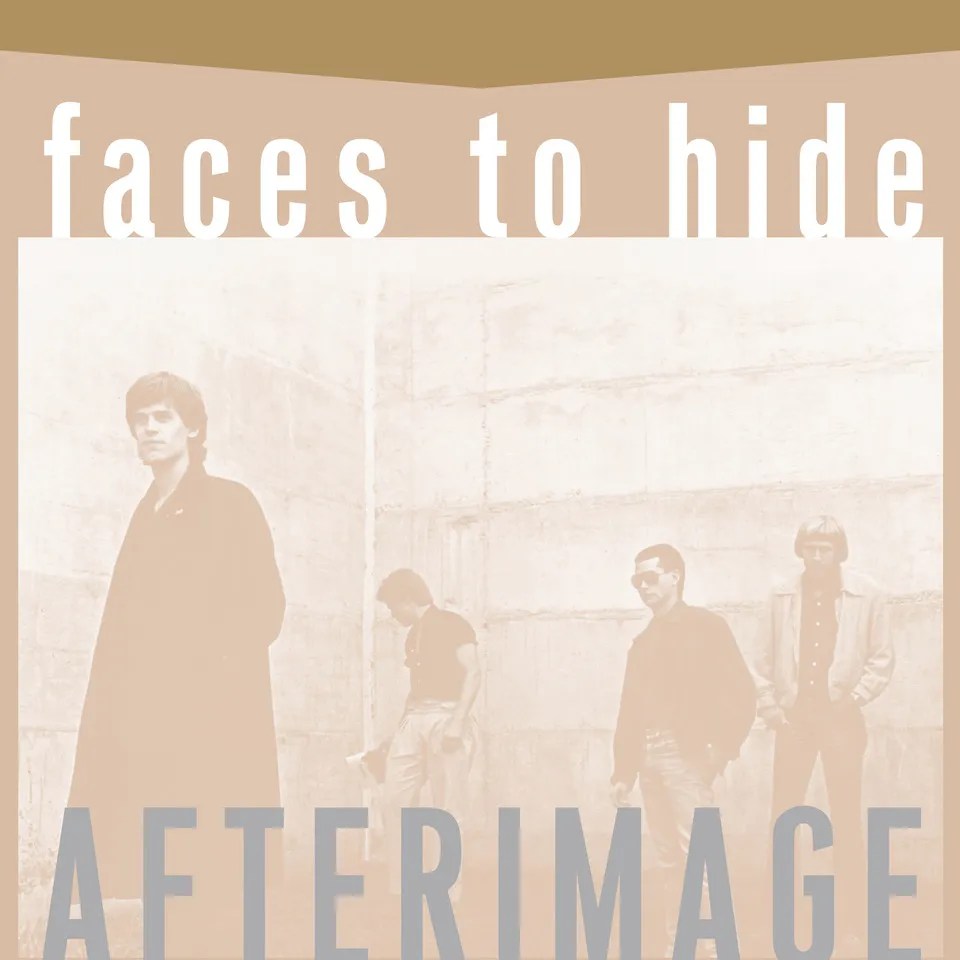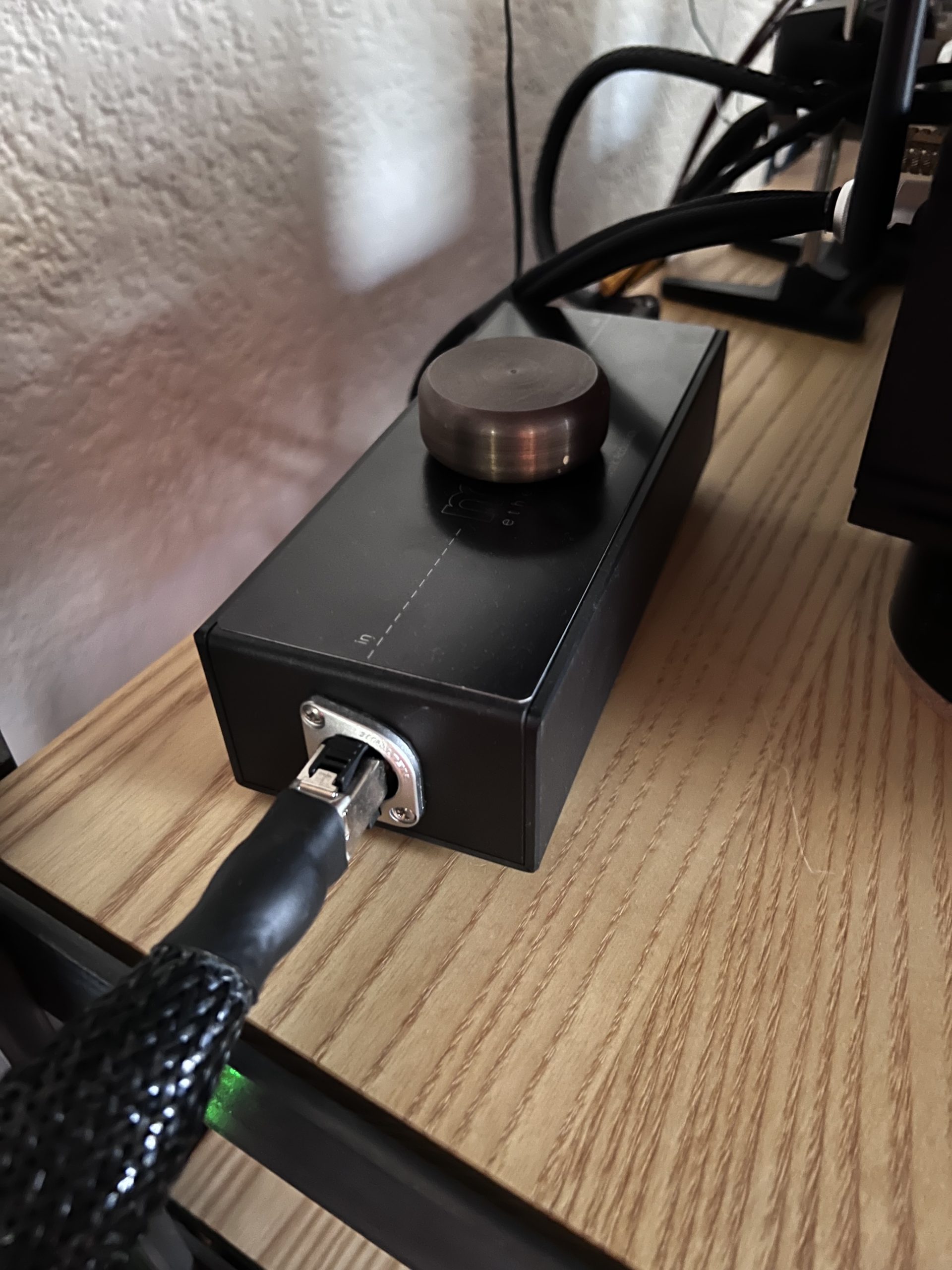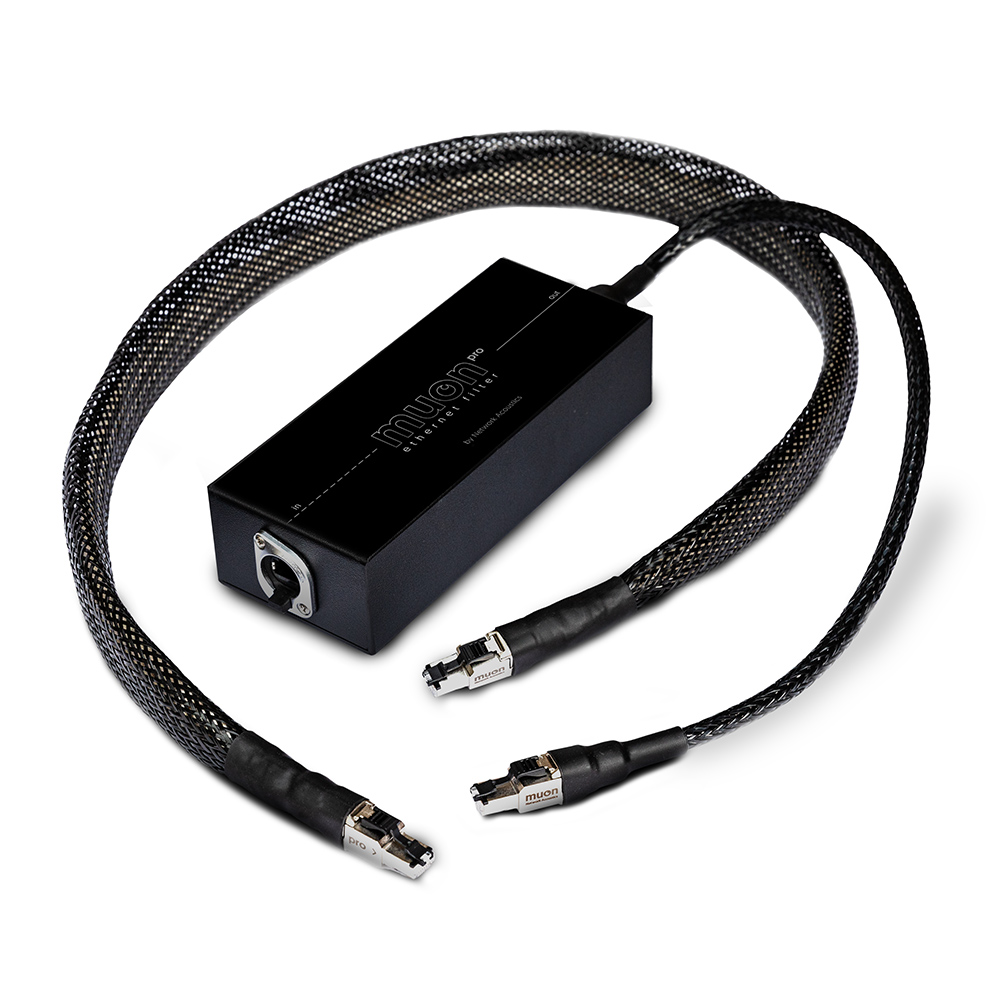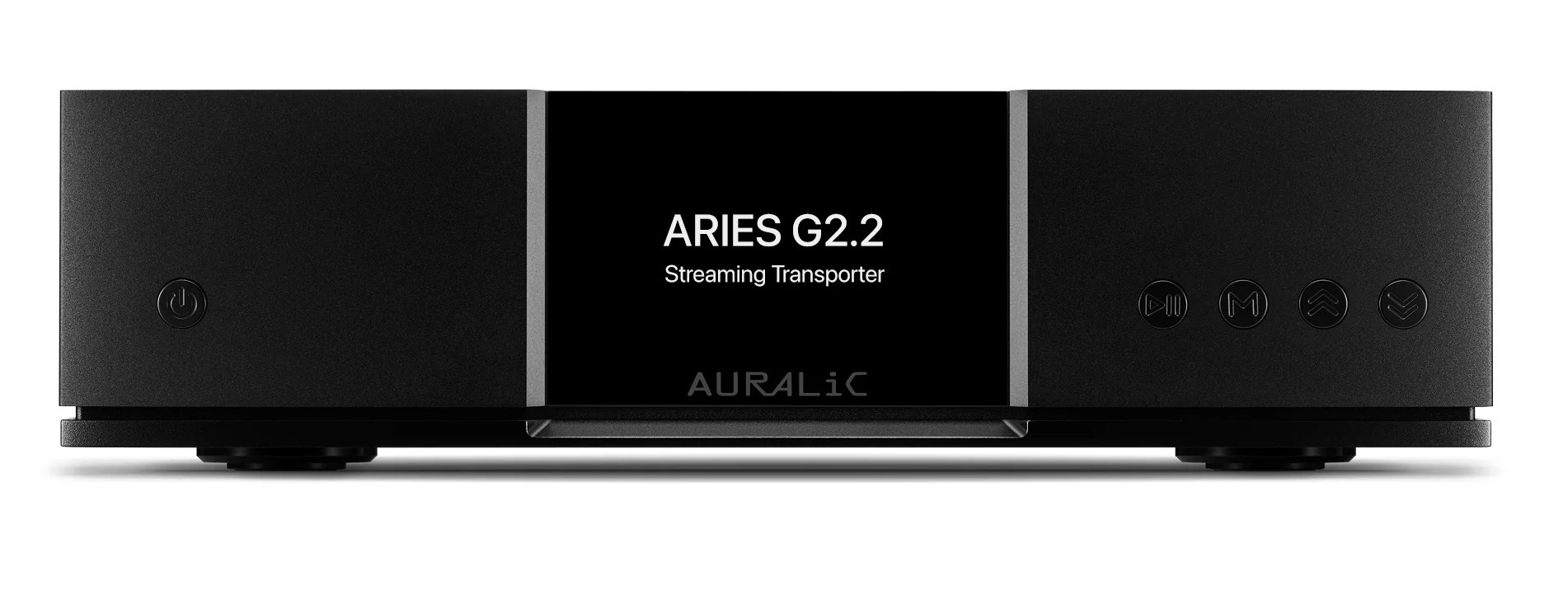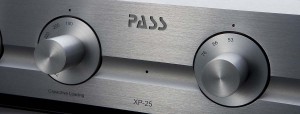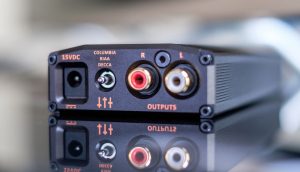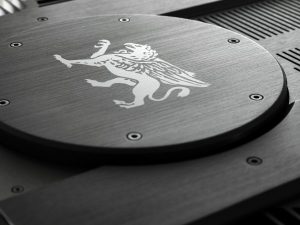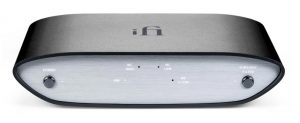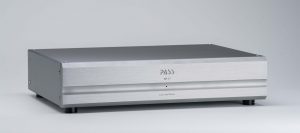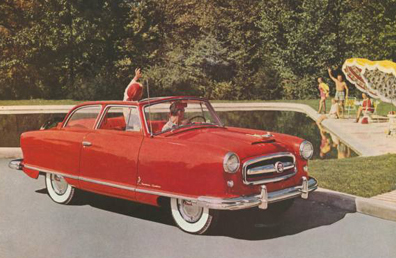
Phonostages. Or phono preamplifers. Same things. You know, the box or input on your preamp or whatever that takes what is coming from your turntable and makes it into something you can actually appreciate—like music. Right, so let me elaborate… it amplifies the signal and applies the required RIAA curve necessary for proper vinyl playback. Sounds easy, and for the most part is easy, but you can spend a lot on one that does a lot and is complex, or you can spend a little on one that does less and is simpler. More usually gets you a lot more sonically and ergonomically whereas less tends you get you pretty close to the 'more' without spending a lot more. I like spending less and getting 'more.' Just not into the big ticket items at all. If I can get something really, really good for a reasonable amount, I am pretty happy. Who wouldn't be?
So how much of that 'more' can you get by not spending a lot? For me $2000 is a good line to draw in the sand on a phonostage. The Heed Quasar we have here is around $1200 (with external power supply) and handles both MM and MC quite well. For sure it is rather minimal in size and features in that to change loading and whatnot one has to remove the lid and fiddle around with four jumpers: two for loading and two for gain (each for left and right respectively). Cool and simple. Not a lot going on inside and loading is limited to 100, 220, 470, and 47K (ohms). The Heed sounds wonderful and we love ours.
To take from my own review (HERE)…
"Really now! The Heed line is killerly amazing. Nice kit from Hungary. How they do it? Stupidingly good for so little cash. Competes way above its price point. Bargain.
In case you missed my point, let me spell it out for you… B A R G A I N ...and M U S I C A L! Perhaps yell it out! Are there better phonostages than Heed Quasar? No doubt. Cost more than Heed? No doubt. Does the Heed have faults? No doubt. Minor and trivial. Could be more of everything and less of something. So what? At this price, who cares? Will you like it? Would think so. Don't see why not. But maybe not. To each their own. Depends on what you are after. Nature of audio. Listen for yourself. Just my experience. No one has answers. Only opinions.
Sound like tubes? Sort of, not really. Sound like solid-state? Sort of, not really. Sound more like music just happening in the room. Sort of best of both. No real character of its own. Never heard my vinyl this good. Best heard here so far. Will hear better some day? Without a doubt. Will hear something differently different? Without a doubt. Heard many other phonostages? No, not really. Not interested in chasing sound. No what I like. Like Heed.
Cheesin' mad hard here. No need to say more. That says it all. "
But that is then and this is now. What has developed since that review in 2011? I mean, surely things have progressed in design and features… though take note; that review is 5 years old. Yeah, if I find something I like, I keep it. I don't chase my proverbial audio tail. I know what I like and what I want my music to sound like. I am not after the "got to get this as it is the hot item…now." We buy and stick with it… 'cause that is what we do damn it! Plus things cost money and I like to spend it on other things than just audio.
The Lino - A balanced direct coupled wide bandwidth low distortion low noise MC preamplifier
Rob Robinson at Channel D dropped me a line about his new Lino phonostage. Simple and easy to use. The Lino is a small box that gets its power from an external DC power supply (one that was chosen after careful listening… from their site: "The external, brick style supply adapter provides a galvanically isolated (a key consideration) raw DC voltage. The output is not used "straight" from the adapter, but stepped up inside the preamplifier to split supplies and then very highly filtered in multiple stages. The circuitry employs a 4 layer circuit board with separate and continuous low inductance, low impedance internal ground and power planes congruent with the preamplifier circuitry. The resulting power supply rails have much lower noise and ripple and tighter regulation than a linear DC supply could provide. This is borne out in the signal to noise performance. (A welcome additional benefit is very low idle power consumption and negligible heat production.) This kind of design wasn't even possible even as recently as just 10 years ago; however we now have a tremendous palette of new components to pick and choose from, thanks to the burgeoning consumer electronics industry's continuing quest for increasing miniaturization and reduced power consumption."). Loading and such is via internal switches (100, 200, 500, 2000, 140, 70, and 60 ohms).
Also from Rob…"The Lino is a low noise, fully balanced design featuring a wide frequency bandwidth of 200kHz. This provides you with the key to obtaining stunning, three-dimensional music reproduction from your phonograph records. The Lino is designed to be used as a front-end preamplifier for connecting to high resolution (192 kHz/24-bit), balanced - input computer audio interfaces. For those audiophiles insisting on an all-analog signal path, an optional RIAA hardware correction feature is available for a conventional, RIAA-corrected output signal.
The one I have here is the fully featured model and runs (RIAA and ADC/DAC options) $1847.
So what does all this mean? Well the Lino rocks. It is full of angst and energy and excels on rock or music that has a wide dynamic range. More forward and dynamic than the Heed, it propels music in a way that is stunningly right. For sure the Heed is also right, but a different right. The Heed is more subdued and proper, but only when compared to the Lino. The Lino, on the other hand, is the guy you don't want your daughter to date. Clean and extended, the Lino digs rather deep into the grooves to get your music out into the room. This is a fun phonostage to have in house as it allows me to go from one perspective, that of the Heed, to another, that of the Lino—power and slam.
Playing LP after LP made me re-connect to what we have here in the shelves but in a different way… damn that bass is slamming. Listen to that kick drum. This is so rhythmically propulsive. Pace. Yeah, that term Art Dudley so aptly applied to music when done right. It just moves. It moves in a way that makes music more like… music, and less like some recorded artifact being played back through whatever medium you have at your command. The timing, the energy. The Heed has all of this too, but the Lino has a different attitude about how it does these things. Is it the wide bandwidth (DC to 200,000Hz), the low distortion (total harmonic distortion is Less than 0.0007 % and intermodulation distortion is less than Less than 0.005 %)? Is it the simple circuit based around premium parts?
Perhaps. Maybe. Of course.
The soundstage is wide and deep. LP noise seems to be less and yet I feel I am hearing more. More air. More extension. And certainly more slam and dynamics. Drive. Punch. Quiet and sweet. The Lino sounds very accurate without being analytical. Of course most of what we listen to turns its head and scowls when one says accuracy, let alone real. I mean what should electronic music sound like? An amplified guitar? Treated drums? Prodigious use of distortion and effects? The band adding a sound to the mix?
Not much of what we listen to here is based on acoustic instruments truthfully recorded using minimal miking and audiophile approved mastering/recoding techniques. No, we listen to the least audiophile 'approved' music out there… but I will say it is beautifully recorded and sounds killer. Especially with the Lino.
LPs from artists like Mogwai, PiL, Massive Attack, Notwist, Gang of Four, The National, Low, Swans, Flying Lotus, Aphex Twin, K&D Sessions, Lambchop, Ben Frost, Calexico, and so on… it is who we are. Carol and I both come from a different place musically than the typical audiophile, one that is way more to the left. One that is punk, rock, alternative, experimental, electronic…. We simply don't have a place for 90% of what is played at shows or by other people in the audiophile community. Not making any apologies or judgments. It is what it is and it is not going to change. If anything it is going to continue down the other fork in the road. And we are fine with it. Which is why I think we both connected to the way the Lino handled our music. Rob, Carol, and I come from similar musical experiences. I can hear this in how the Lino played ours… love it man.
But to make this perhaps more relevant to whoever is reading this, we pulled out a well known jazz title (gee, where did we get this?) and Rob sent me a key classical title (gee, would I ever listen to this again?). After all not everyone is going to appreciate what we listen to and so what we heard here may mean squat to you. But yeah, the Lino did these LPs with soulful justice in that they also sounded quite right too. Very cool. Big and robust, and powerful. Quiet and delicate when called upon, but with dynamics and pace when they raised their sonic heads. Clean and articulate. Texture galore. Tempos that ebb and flow. Real instruments recorded in real space. We can hear it, we get it. It sounds wonderful with a very 'reach out and touch it' presence (that reminds me of Depeche Mode, great now that is running through my head). Meaning that the Lino gets it right with jazz and classical by allowing the music to be heard. Not our cup of tea, but for sure we got it. No doubt it handles other genres just as well. I mean why not? If it can get you down the road with the latest from Aphex Twin then why not some Jazz standard, Classical masterpiece (Say Otto Klemperer, Beethoven Symphony No.7?), or banjo/kazoo duo? I found nothing to quibble with in how the Lino played back any music I could toss its way.
I will confess that there was a time when Carol and I would venture to a Jazz or Classical concert (heck we even were members of the Long Beach Symphony Series for a few years, but tired of not hearing enough contemporary or experimental classical compositions) and enjoyed it. Well at least I think we did, though perhaps we were kidding ourselves. No, pretty sure we did, but that was a good 25 years ago. So yeah, we get that sound and whatnot. We understand what people want from their LPs regardless the genre. It is the music. It is the engagement. It is being transported to someplace else. The Lino did that with anything we tossed its way. Stellar. Keeping it. Bought it. Oh, and keeping the Heed too. The Lino is a BARGIN at twice the price (consdering the base unit is like $1199 consider it a steal). Get one now.
Oh wait! The Lino also does 24/192 as a DAC and as an ADC. Rob will admit that it was not meant to be the end-all for either use, but to serve as something to get your LPs ripped to a digital file. (Note here that the DAC is not powered unless the Lino is connected to a USB device meaning that when playing LPs the DAC section is not on). I have yet to try this, so more on that later.
Channel D






